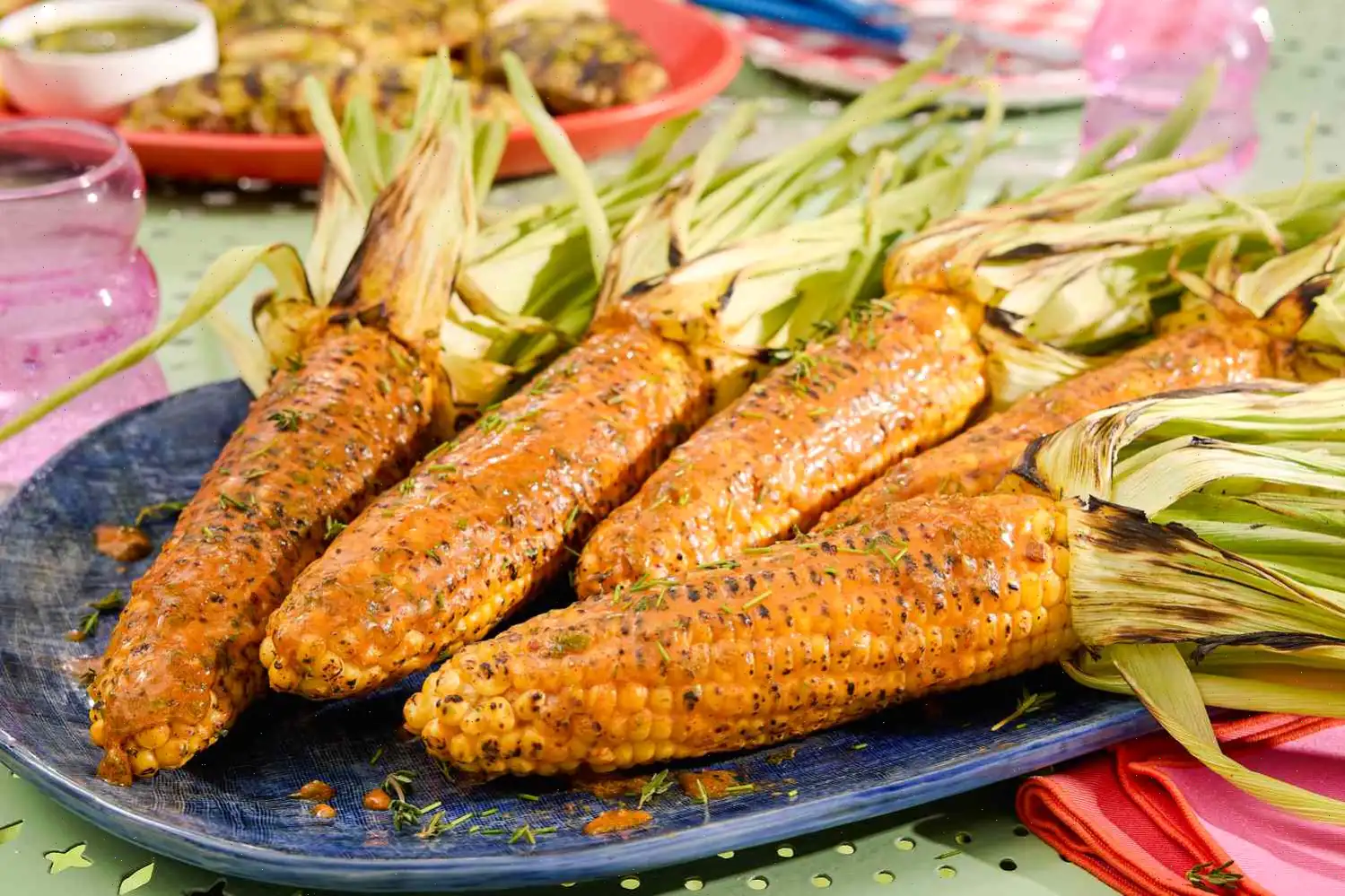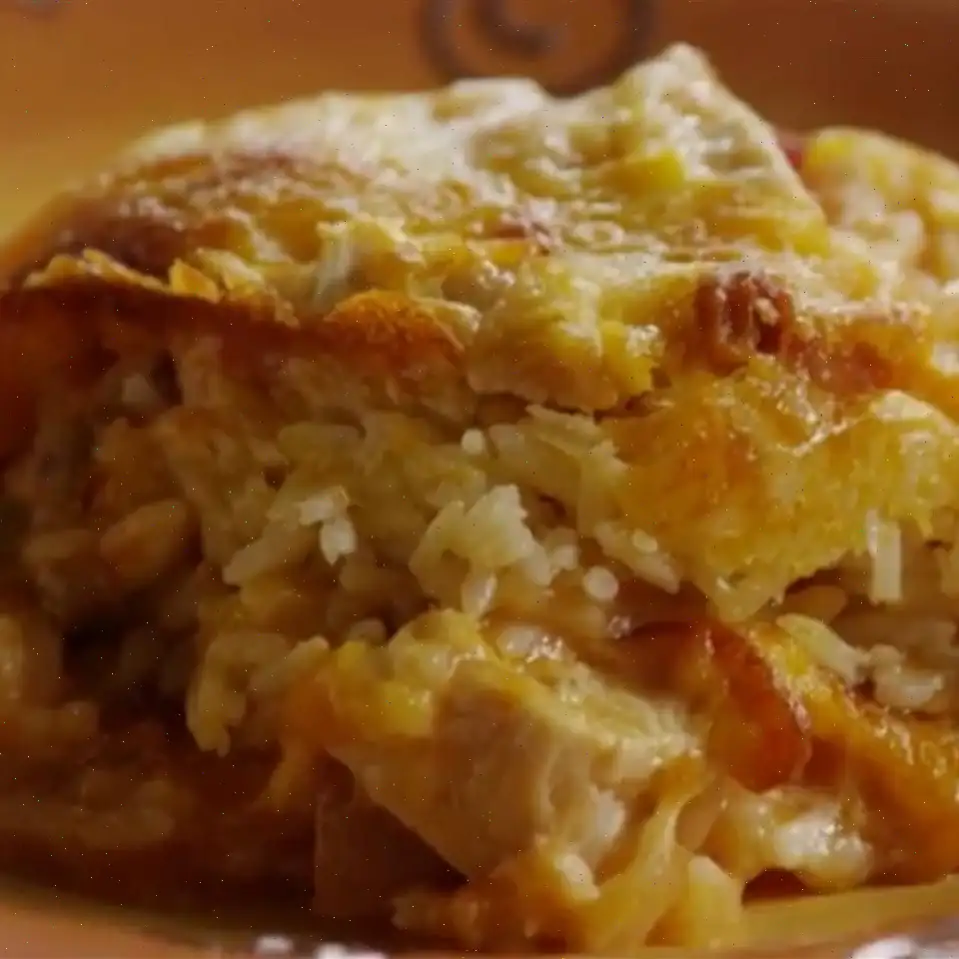
Dolmas (Stuffed Grape Leaves) Recipe
Dolmas Recipe
Ingredients
- 1 tablespoon olive oil
- 2 onions, minced
- 1 cups uncooked white rice
- 1 cups hot water, or as needed to cover
- 2 tablespoons tomato paste
- 2 tablespoons dried currants
- 2 tablespoons pine nuts
- 1 tablespoon ground cinnamon
- 1 tablespoon dried mint
- 1 tablespoon dried dill weed
- 1 teaspoon ground allspice
- 1 teaspoon ground cumin
- 1 (8 ounce) jar grape leaves, drained and rinsed in warm water
Directions
- Heat olive oil in a medium saucepan over medium heat. Add the minced onions and saut for about 5 minutes until they are tender.
- Stir in the uncooked rice, then add hot water to cover the rice. Cover the saucepan and simmer for about 10 minutes, or until the rice is halfway cooked.
- Remove from heat and stir in the tomato paste, dried currants, pine nuts, ground cinnamon, dried mint, dried dill, allspice, and ground cumin. Let the mixture cool for about 15 minutes.
- Prepare a large pot by placing an inverted plate on the bottom. This will protect the dolmas from direct heat during the steaming process.
- Remove any stems from the grape leaves and discard them. Place about 1 teaspoon of the cooled rice mixture in the center of each grape leaf.
- Fold the sides of the grape leaf in and then roll it tightly into a cigar shape. Place each rolled dolma into the prepared pot.
- Continue rolling the dolmas with the remaining rice mixture and placing them in the pot.
- Pour in just enough warm water to reach the bottom of the first layer of dolmas. Cover the pot and simmer over low heat for 30 to 45 minutes, or until the rice is fully cooked. Check the water level frequently and add more if necessary to ensure the dolmas do not burn.
Nutrition Facts (per serving)
| Amount Per Serving | % Daily Value * | |
|---|---|---|
| Calories | 207 | |
| Total Fat | 4g | 5% |
| Saturated Fat | 1g | 3% |
| Sodium | 847mg | 37% |
| Total Carbohydrate | 39g | 14% |
| Dietary Fiber | 2g | 7% |
| Total Sugars | 4g | |
| Protein | 5g | 11% |
| Vitamin C | 6mg | 7% |
| Calcium | 125mg | 10% |
| Iron | 3mg | 18% |
| Potassium | 190mg | 4% |
* Percent Daily Values are based on a 2,000 calorie diet. Your daily values may be higher or lower depending on your calorie needs.
** Nutrient information is not available for all ingredients. The amount is based on available nutrient data.
Dolmas, also known as stuffed grape leaves, are a quintessential dish in Mediterranean and Middle Eastern cuisine. These tender vine leaves are filled with a savory mixture of rice, vegetables, herbs, and sometimes meat, then rolled into a tight bundle and steamed to perfection. Dolmas are often served as appetizers or side dishes, offering a delightful balance of flavors that are both refreshing and satisfying. The history of dolmas is as rich and layered as their taste, stretching across various cultures and centuries.
History and Origin
The origin of dolmas can be traced back to the ancient Mediterranean region, where grapevines have been cultivated for thousands of years. The practice of wrapping food in leaves dates back to antiquity and was used as a method of preserving and cooking food. Dolmas, specifically, are believed to have originated in the Ottoman Empire, which spanned parts of Southeast Europe, Western Asia, and North Africa. The dish was a popular way to make use of the abundant grape leaves that grew in the region, and it evolved over time, incorporating local flavors and ingredients. While the exact time of their creation is unknown, dolmas have been a staple in Middle Eastern and Mediterranean kitchens for centuries.
Regional Variations
Dolmas are prepared and enjoyed across many countries, with each region adding its own unique twist to the recipe. In Greece, dolmas are often made with a mixture of rice, pine nuts, herbs, and sometimes ground meat, and they are served with a tangy lemon sauce. Turkish versions, known as "yaprak sarmas," are similar but may include more spices, and occasionally include lamb or beef. In Lebanon and Syria, dolmas may also be stuffed with chickpeas, lentils, or a combination of vegetables. The use of currants or raisins is common in many recipes, adding a touch of sweetness to balance the savory filling. In each region, the cooking method is also slightly different, with some prefer to steam the dolmas, while others simmer them in a pot with broth.
Differences from Similar Dishes
Dolmas are often compared to other stuffed leaf dishes such as "sarma" or "dolmades." However, there are distinct differences in preparation and stuffing. While sarma, a Turkish dish, is typically made with sauerkraut or cabbage leaves, dolmas specifically use grape leaves. Additionally, the stuffing for sarma tends to have a more robust mix of meats and vegetables, while dolmas are generally lighter and often vegetarian. Another dish that shares similarities is the stuffed cabbage roll, common in Eastern European cuisines. However, unlike dolmas, cabbage rolls are usually larger and have a heavier filling, often including meats and sauces.
Where Dolmas are Served
Dolmas are enjoyed as appetizers, snacks, or side dishes in many parts of the world. In Greek and Turkish restaurants, they are often served as part of a mezze platter, alongside other small dishes like hummus, tzatziki, and falafel. In the Middle East, dolmas are frequently part of larger spreads for festive occasions or family gatherings. They are also commonly found in homes and street food stalls, enjoyed by locals and tourists alike. Whether eaten hot or cold, dolmas are a versatile dish that can be adapted to suit different tastes and occasions. They are especially popular during holidays like Ramadan, where they are often served as a treat to break the fast.
Fun Facts
- The name "dolma" comes from the Turkish word "dolmak," which means "to stuff." The dish gets its name from the act of stuffing the grape leaves with rice and other fillings.
- In Greece, dolmas are often paired with a tangy yogurt sauce or tzatziki, which complements the herbaceous flavors of the stuffed leaves.
- Grape leaves are high in nutrients, containing vitamins and minerals such as Vitamin K, iron, and calcium, making dolmas a healthy and nutritious choice.
- Dolmas can be served as a vegetarian dish, but in some variations, they are stuffed with ground lamb, beef, or chicken.
- The tradition of wrapping food in leaves can be found in many cultures worldwide, from tamales in Latin America to "zongzi" in China, showcasing a common culinary technique that transcends borders.
Whether enjoyed as a light snack or as part of a larger meal, dolmas offer a delicious glimpse into the rich culinary heritage of the Mediterranean and Middle East. With their versatile filling options and flavorful combinations, dolmas continue to captivate food lovers around the world, keeping this ancient dish alive for future generations to enjoy.
You can listen to this recipe in AI audio format. Simply click the play button below to listen to the content in a format that suits you best. It’s a great way to absorb information on the go!
FAQ about Dolmas (Stuffed Grape Leaves) Recipe
Comments
Daniel King
03/23/2024 07:33:53 PM
Rewritten review: I absolutely loved this recipe! I didn't have mint, so I used parsley instead. After reading some other reviews, I reduced the amount of cinnamon slightly and added a touch of nutmeg. I cooked it using a steamer basket, and drizzled some oil and lemon juice over the top. However you make it, this rice dish is phenomenal. Thank you!
Melissa Martin
10/26/2024 08:10:14 AM
I was let down by this recipe. I believe there is an excessive amount of cinnamon, overpowering the other flavors. I will need to make some adjustments when I try it again.








